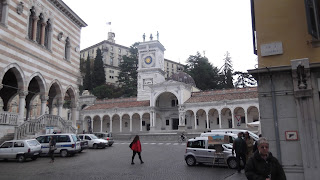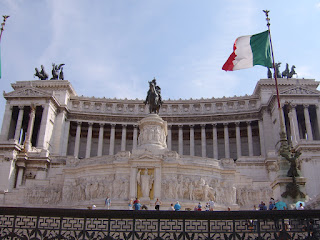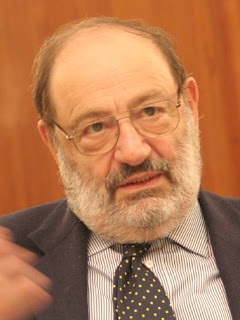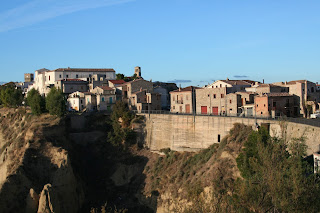January revolt meant the beginning of the end for the Bourbons
The Sicilian uprising on this day in 1848 was to be the first of several revolutions in Italy and Europe that year.
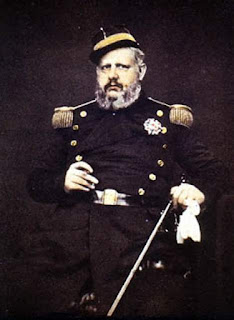 |
| King Ferdinand II |
It was the third revolution to take place on the island against Bourbon rule and signalled the end for the Kingdom of the Two Sicilies.
Naples and Sicily had been formally reunited to become the Kingdom of the Two Sicilies in 1815. Back in medieval times they had both been part of a single Kingdom of Sicily.
The 1848 revolt was organised in Palermo and deliberately timed to coincide with King Ferdinand’s birthday.
News of the revolt spread and peasants from the countryside arrived to join the fray and express their frustration about the hardships they were enduring.
Sicilian nobles revived the liberal constitution based on the Westminster system of parliamentary government, which had been drawn up for the island in 1812.
The Bourbon army took back full control of Sicily by force in May 1849 but the revolt proved to be only a curtain raiser for the events to come in 1860 when Giuseppe Garibaldi ended Bourbon rule once and for all.
The island of Sicily became part of the new Kingdom of Italy in 1861.
Travel tip:
 |
| Palermo's magnificent Teatro Massimo Photo: Bjs (CC BY-SA 2.5) |
Palermo, the capital of Sicily, is famous for its history, culture, architecture, food and wine. It has examples of Romanesque, Gothic and Baroque churches and palaces. Palazzo dei Normanni, a marvellous example of Norman architecture, is the seat of the Sicilian Regional Assembly. The Teatro Massimo, the biggest theatre in Italy, has staged operas starring Enrico Caruso.
Travel tip:
Naples has been subjected to persistent foreign domination over the centuries. After the Spanish came the Austrians and in 1734 the Bourbon King, Charles I, renovated the city, building the Villa di Capodimonte and the Teatro di San Carlo. Napoleon conquered Naples in 1806 and made his brother the King, but the Bourbon King, Ferdinand, regained Naples in 1815. In 1861, Garibaldi’s army conquered the city and handed it over to the King of Sardinia, who later became King Victor Emanuel II, the ruler of the newly united Italy.
Home


